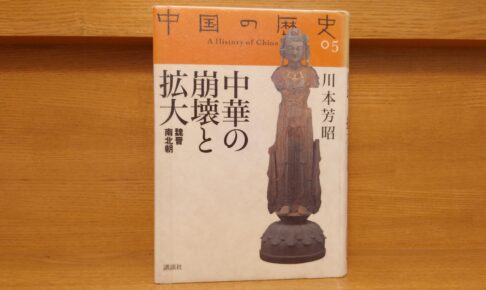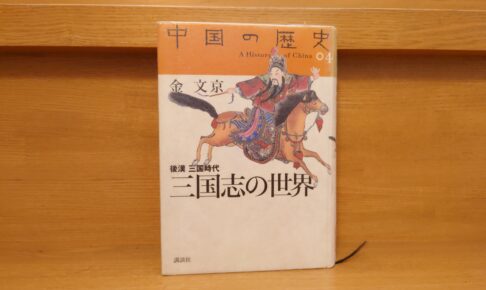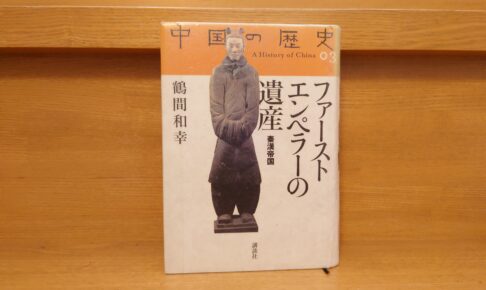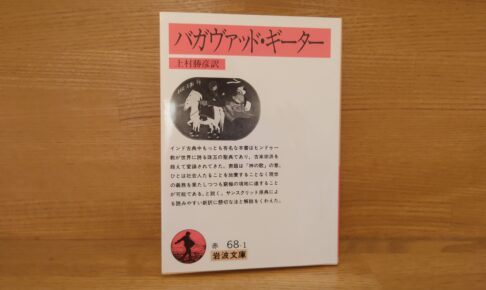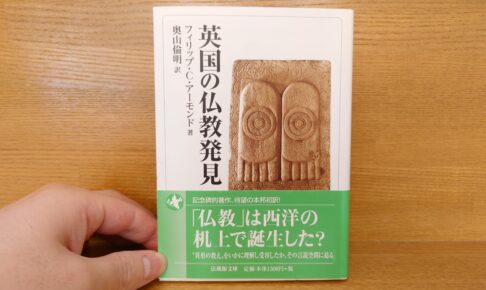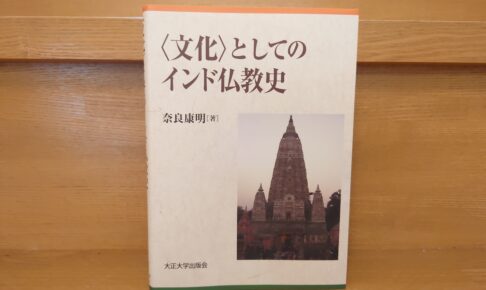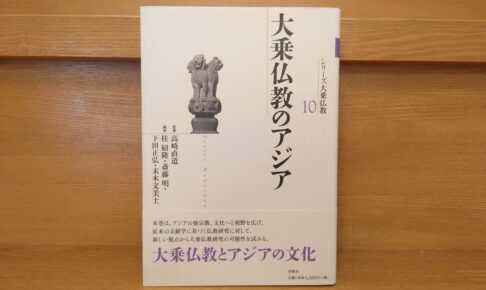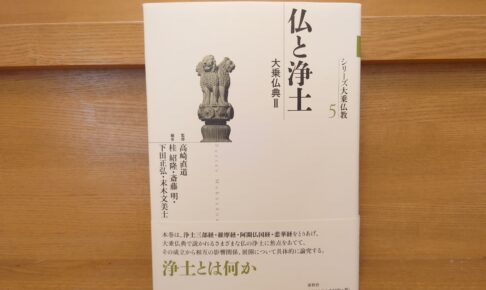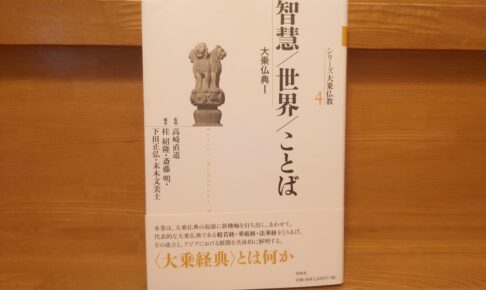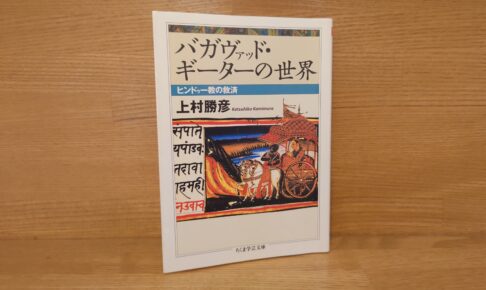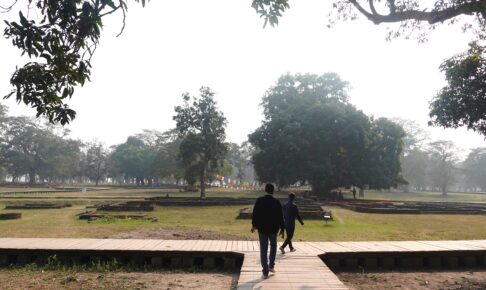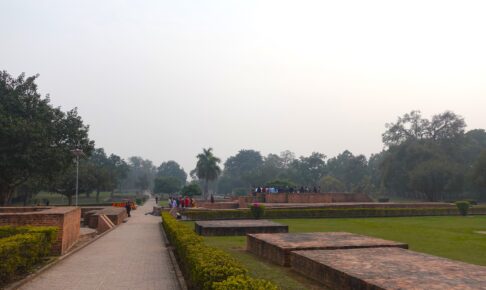History of China 05: The Collapse and Expansion of China: Wei, Jin, and the Northern and Southern Dynasties" - The Liangwu Emperor, who brought about the rise of Buddhism, also made an appearance!
Although it would face oppression in the future, the Wei, Jin, and Northern and Southern Dynasties period, which is the subject of this work, had a great impact on the development of Buddhism in China. Religion is not only about religion. Various social factors were also involved in its transmission to the people.
This work, "History of China 05: The Collapse and Expansion of China: Wei, Jin, and Southern and Southern Dynasties," is recommended to learn more about the historical background and the connection to Buddhism.
Why not pick one up?












